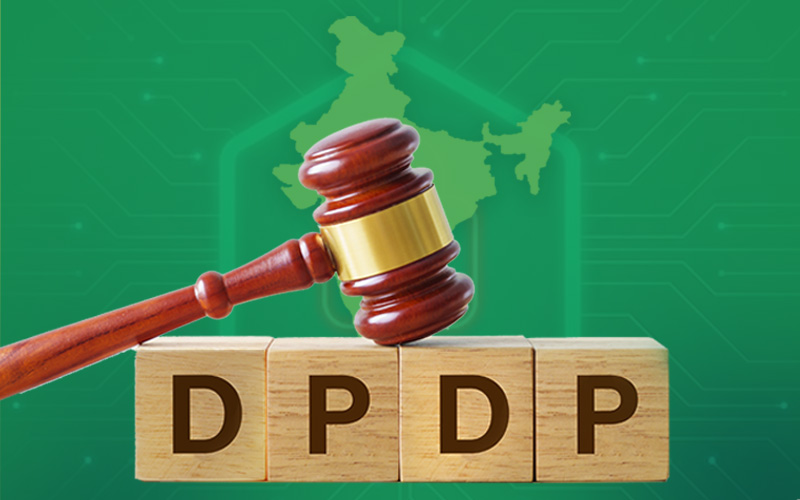Generative AI is the buzzword in the IT industry and has gained attention and popularity in recent years. Applications using AI span from data analysis and virtual assistant to content creation and more. Many organizations are inclined to adopt the generative AI offering to reduce the spend, time, and resources and lead the way in adopting the cutting-edge technology offerings of generative AI. That’s the Bright Side of it but using generative AI products offered by third parties comes with inherent risk and challenges, especially when governed by security and privacy regulations and compliance with security standards. Let us look at some of the most common risks and how businesses can effectively address these.
General Understanding
Software Solutions that leverage Generative AI features use large language models and deep learning models to create content like audio, text, video, images and lines of code. Such softwares have many applications such as Natural Language Processing, Machine Learning, Robotics, Automation, Speech Recognition, Medical Diagnosis, Chatbot etc. Large amounts of data sets are analyzed and these softwares learn from




